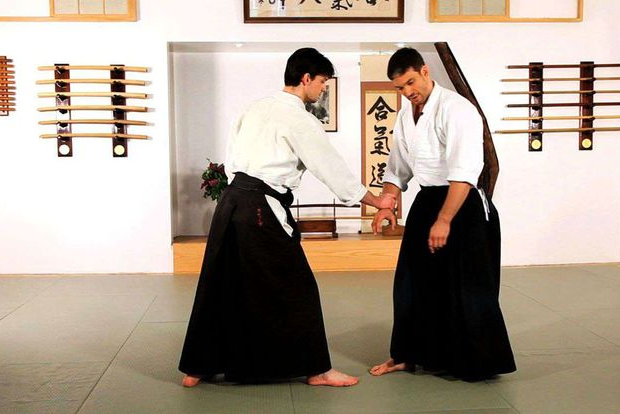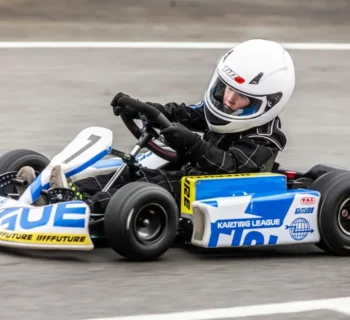Aikido is a distinctive form of martial arts that places an emphasis on the harmonious fusion of the mind and body with the help of natural laws. It also emphasises appreciating and utilising the energy of nature and life while channelling this serenity into strategies that will allow this energy to manifest physically.
Iwama Ryu, Iwama Shin Shin Aiki Shuren Kai, Shodokan Aikido, Yoshinkan, Renshinkai, Aikikai, and Ki Aikido are some of the many diverse forms of the contemporary Japanese martial art known as Aikido. Today, aikido is practised in almost 140 different nations.
As a fusion of his martial arts training, philosophy, and religious convictions, Morihei Ueshiba created it in the beginning. In order to prevent their attackers from harm, Ueshiba wanted to establish a martial art that practitioners could employ to defend themselves.
The term "way of harmonious spirit" or "the way of integrating (with) life energy" are frequently used to describe aikido. The founder's concept states that the main objective of aikido training is to defeat oneself rather than develop aggression or violence.
Aikido has its fundamental guidelines and criteria, much like any other combat art. You should first learn the aikido basics for beginners:
1. ATTIRE
Keikogi or Gi - This particular outfit is worn during an Aikido training session. As it allows you to travel freely in the direction of your choice, its design reflects the necessity of its intended use.
Hakama - These additional unique culotte designs are worn while practising Aikido. However, different clubs may place different limitations on its use. Until they pass the Orange Belt grading level, beginners are not permitted to wear them.
2. BOWING or REI
Bowing is a highly important part of Japanese culture that individuals use to express respect. In aikido, it denotes honour, thanks, and respect in addition to the former. The majority of bowing gestures take place while a person is standing or kneeling.
Kneeling Rei - This bowing seems to be more official. Each lesson begins and ends with students performing it while facing the teacher. Additionally, when the teacher has demonstrated a method and you have had a chance to practice it.
Standing Ritsurei - It is a typical bowing technique used less formally. Students use this when entering or exiting the dojo or stepping onto or off of the mat.
3. UKEMI
A unique beginner's technique known as "break fall" uses certain rolling techniques that are crucial in an Aikido fight. Among these tactics are:
Forward Roll - It's also known as Mai Ukemi. It is a sideways roll with the face facing the direction of the side one desires to travel towards or into, even when one is called forward.
Backward Roll - This technique can be done sitting or standing.
4. FIGHT TECHNIQUES
Defence - Frontal attacks frequently take this form. Put one leg front, foot turned out, and extend your open hand from the same side forward. Front foot bearing the weight with the knee slightly bent. Back foot, loose but on the floor.
Tai Sabaki - It describes an unusual bending motion that is typically circular. It is a strategy for deflecting attacks and directing the attacker's strength toward oneself. Depending on how you move, it may be beneficial or bad.
Shikko - The knee is mostly used in this movement. When one moves around on their knees on the mat, the weight is transmitted from one knee to the next. Shikko makes the positive Tai Sabaki easy to execute.
Irimi - This is a sophisticated move that disrupts the posture of our opponent. It affects their ability to balance.
Tenkan - It describes a circular motion using the Tai Sabaki to disrupt the opponent's balance and shatter their stance.
Weapons - Aikido practice utilises certain weapons, such as wooden blades, timber swords, and 4 feet long wooden staffs.
If you want to train in this martial art, and learn and master the art of peaceful self-defence, visit us by clicking this link. We offer beginners and advanced classes for all ages.









